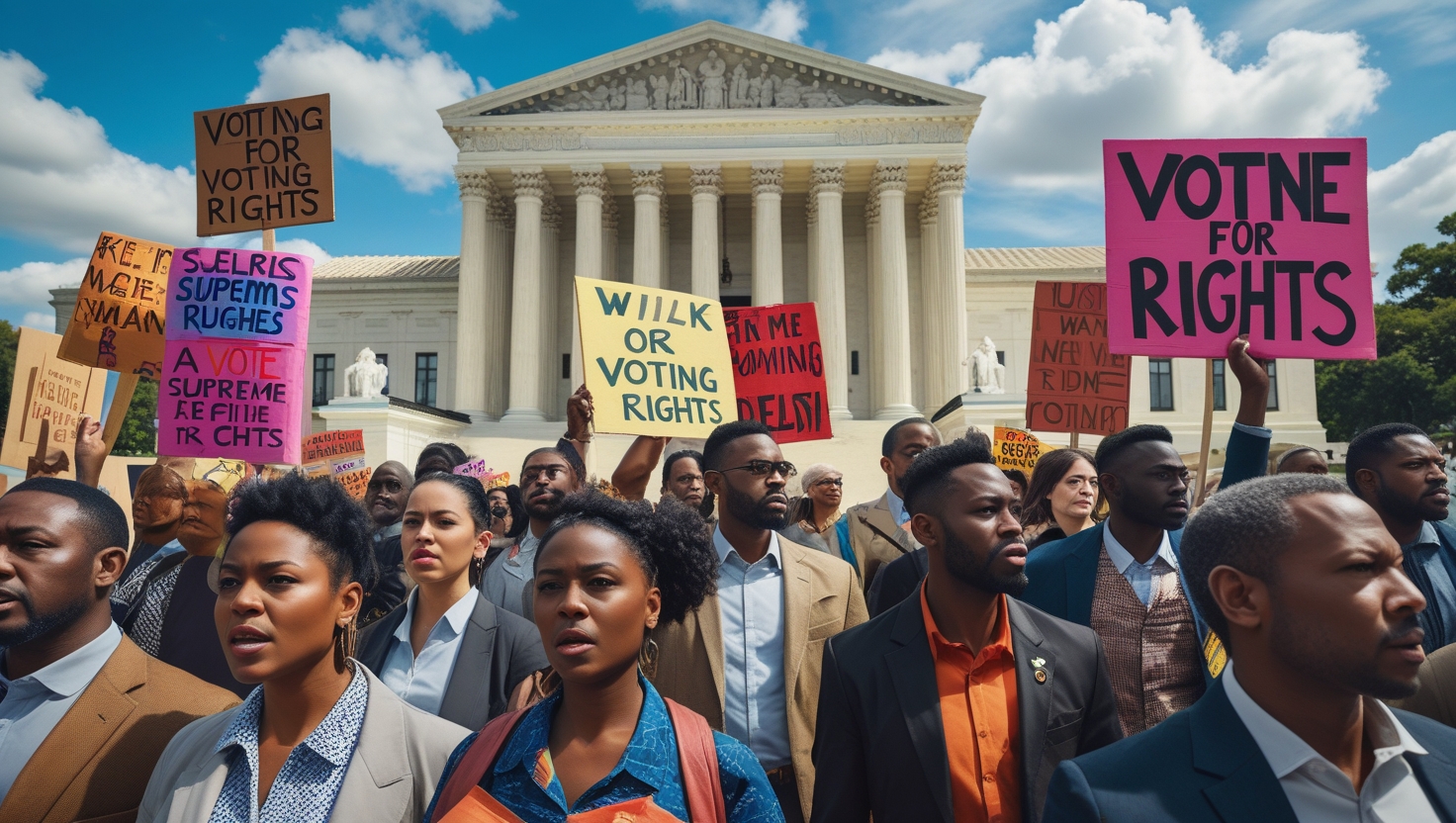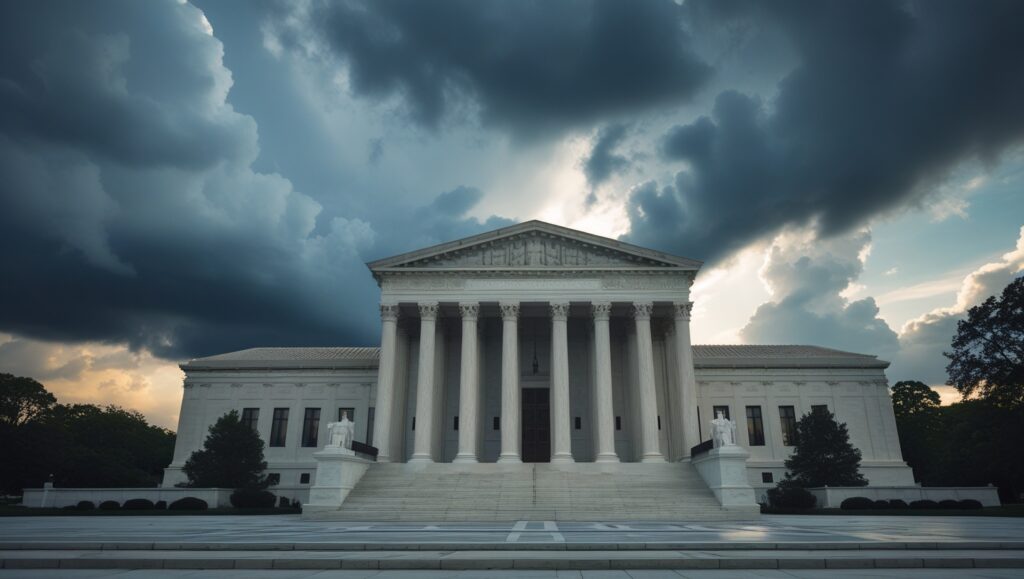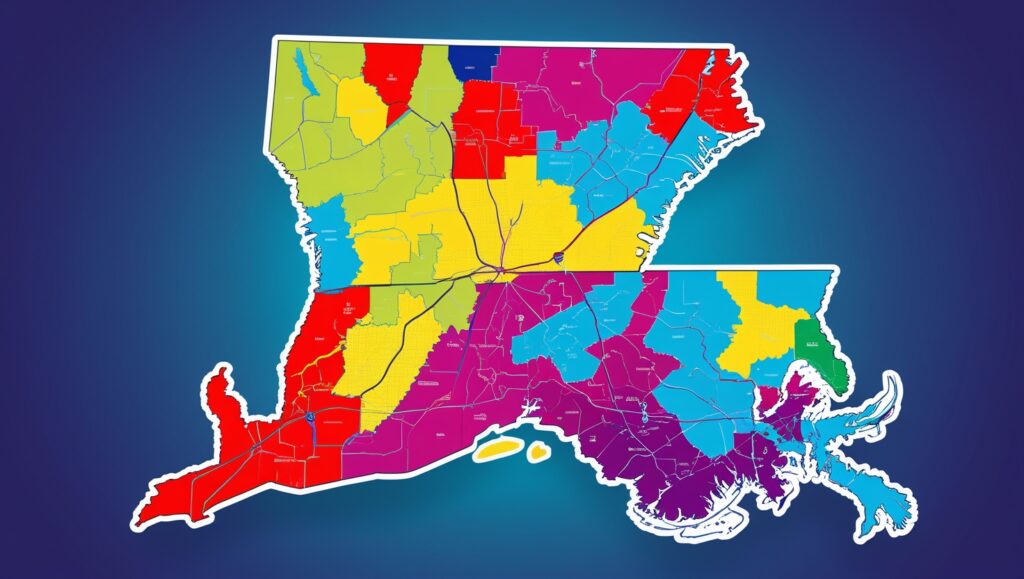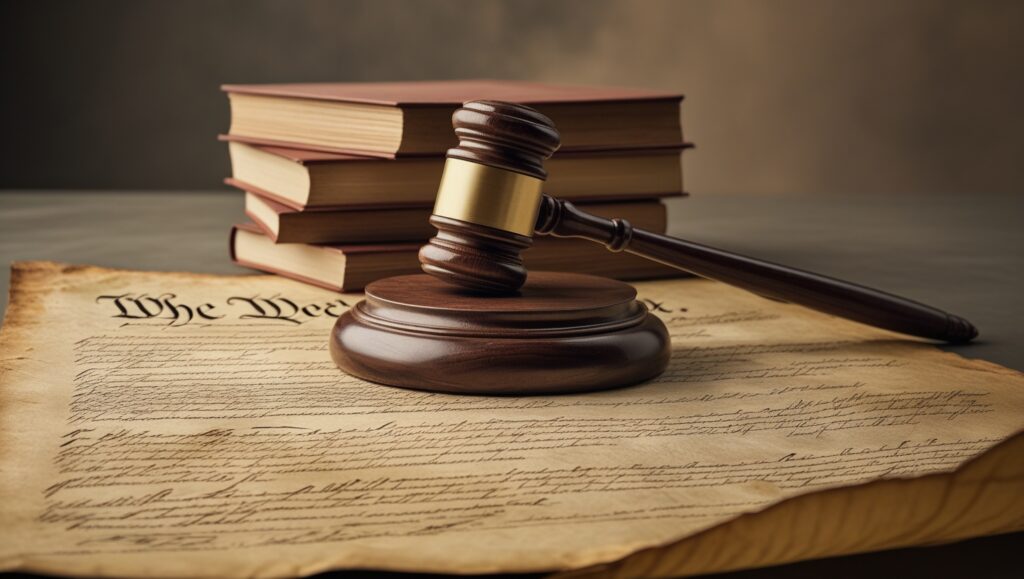Physical Address
304 North Cardinal St.
Dorchester Center, MA 02124
Physical Address
304 North Cardinal St.
Dorchester Center, MA 02124

In a move that could reshape the future of electoral fairness in the United States, Louisiana challenges Voting Rights Act at Supreme Court, sparking intense debate across legal, political, and civil rights communities. The case, which centers on the constitutionality of race-based redistricting, has the potential to redefine how minority representation is protected in congressional maps nationwide.
With oral arguments scheduled for October 15, 2025, and a decision expected by June 2026, the stakes couldn’t be higher. At the heart of the controversy is Section 2 of the Voting Rights Act—a provision that has long served as a safeguard against racial discrimination in voting. Louisiana’s challenge could either reaffirm the Act’s enduring relevance or dismantle one of its most powerful tools.

The phrase “Louisiana challenges Voting Rights Act at Supreme Court” refers to the state’s legal effort to overturn key provisions of the landmark civil rights legislation. Specifically, Louisiana is asking the Court to declare Section 2 unconstitutional, arguing that race-based redistricting violates the Equal Protection Clause of the Fourteenth Amendment.
The case stems from a dispute over Louisiana’s congressional map. After the 2020 census, the state was ordered by federal courts to create a second majority-Black district to comply with Section 2. Louisiana complied “under protest,” and now seeks to reverse that mandate, claiming it was coerced into racial gerrymandering.
Attorney General Liz Murrill’s 58-page brief argues that federal courts are forcing states into an “untenable standard” where they must consider race—but not too much—when drawing districts. The challenge is not just about Louisiana’s map; it’s about the broader principle of whether race should play any role in redistricting at all.
Passed in 1965, the Voting Rights Act was a cornerstone of the civil rights movement, designed to eliminate racial barriers to voting. Section 2 prohibits voting practices or procedures that discriminate based on race, color, or language minority status. It has been used to challenge gerrymandering, voter suppression, and unfair districting.
Over the decades, Section 2 has led to the creation of majority-minority districts, ensuring that communities of color have a meaningful opportunity to elect representatives of their choice. These districts have been instrumental in increasing minority representation in Congress, state legislatures, and local governments.
However, the Act has faced challenges before. In 2013, the Supreme Court struck down Section 4, which required certain states to obtain federal approval before changing voting laws. That decision weakened the Act’s enforcement power, and Louisiana’s current challenge could further erode its protections.

Louisiana’s case is significant because it directly questions the legal foundation of race-conscious redistricting. If the Supreme Court agrees with the state, it could eliminate the requirement to create majority-minority districts, potentially reducing minority representation across the country.
The implications extend beyond Louisiana. Other Republican-led states in the South may follow suit, redrawing maps to eliminate districts that have historically favored Democratic candidates and minority communities. Voting rights experts warn that this could lead to a whiter, less representative Congress.
The case also reflects a broader trend in conservative legal strategy, echoing the Court’s 2023 decision in Students for Fair Admissions v. Harvard, which ended race-based affirmative action in college admissions. Louisiana’s argument leans heavily on that precedent, suggesting that race-based redistricting is similarly unconstitutional.
The battle over Louisiana’s congressional map has been ongoing for years. After the 2020 census, the Republican-controlled legislature passed a map with only one majority-Black district. Democratic Governor John Bel Edwards vetoed it, but the legislature overrode him. Civil rights groups sued, and a federal court ordered the creation of a second majority-Black district.
That map was challenged by a group of non-Black voters who claimed it constituted racial gerrymandering. A three-judge panel agreed, and the case was sent to the Supreme Court. Now, Louisiana argues that the entire framework of race-based redistricting is flawed and unconstitutional.
If the Court sides with Louisiana, the ripple effects could be profound. States may feel emboldened to redraw maps without regard for racial equity, potentially disenfranchising millions of minority voters. The decision could also influence upcoming elections, especially in battleground states where district composition is closely tied to electoral outcomes.

Supporters of Louisiana’s challenge argue that race-based redistricting perpetuates division and violates the principle of equal treatment under the law. They claim that drawing districts based on race amounts to racial stereotyping and undermines the integrity of the democratic process.
Critics, however, contend that ignoring race in redistricting ignores the reality of systemic discrimination. They argue that Section 2 is essential for ensuring fair representation and that eliminating it would roll back decades of progress in civil rights. Legal scholars warn that the Court’s decision could set a dangerous precedent, weakening protections not just in voting but in other areas of public policy.
The case raises complex constitutional questions. Can race be considered in redistricting without violating the Equal Protection Clause? Is it possible to protect minority voting rights without using race as a factor? What standard should courts apply when evaluating district maps?
Louisiana argues that the current standard—based on the 1986 Thornburg v. Gingles decision—is unworkable and should be overturned. That ruling established criteria for determining when minority vote dilution occurs, but Louisiana claims it creates contradictory demands that are impossible to meet.
The Supreme Court’s decision will likely hinge on how it interprets these constitutional tensions. With a conservative majority on the bench, many expect a ruling that could significantly narrow the scope of the Voting Rights Act.
What is Section 2 of the Voting Rights Act?
Section 2 prohibits voting practices that discriminate based on race, color, or language minority status. It has been used to challenge unfair districting and voter suppression.
Why is Louisiana challenging it?
Louisiana argues that race-based redistricting violates the Constitution and creates impossible legal standards. The state wants the Supreme Court to declare Section 2 unconstitutional.
What could happen if the Court agrees?
If the Court sides with Louisiana, states may no longer be required to create majority-minority districts. This could reduce minority representation in Congress and other elected bodies.
When will the Supreme Court decide?
Oral arguments are scheduled for October 15, 2025. A decision is expected by June 2026.
How does this affect other states?
Other Republican-led states may follow Louisiana’s lead, challenging race-based redistricting and potentially redrawing maps to favor their political interests.
As Louisiana challenges Voting Rights Act at Supreme Court, the nation stands at a crossroads. This case isn’t just about one state’s congressional map it’s about the future of minority representation, the role of race in public policy, and the integrity of American democracy.
Whether the Court upholds or dismantles Section 2, the decision will reverberate across the country, shaping how elections are conducted and who gets a voice in government. For civil rights advocates, lawmakers, and voters alike, the outcome will be a defining moment.
Stay informed, stay engaged, and share your thoughts. What do you think about Louisiana’s challenge? Is it a constitutional correction or a civil rights setback? Let’s keep the conversation going.